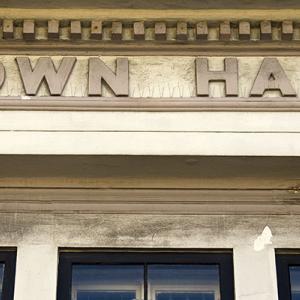
Examining the figures published by local government minister Kris Hopkins, who said funding would be cut by an average of 1.8% in 2015/16, the institute has found the impact on council budgets could be more than three times more severe.
CIPFA’s figures, produced in association with Pixel Financial Management, excluded areas of spending that are ring-fenced for specific purposes or are already part of pooled budgets with the NHS, such as the Better Care Fund.
Once these funds are set aside, council spending power is set to fall most in London, where there will be an 8% decline, and by 7.8% in the North East.
Councils in the South East will see their spending power eroded by 3.4%, according to CIPFA’s assessment.
Chief executive Rob Whiteman said the difference between what was presented by the government and the cash cuts faced by local councils is stark.
‘It demonstrates why we urgently need transparency about government funding instead of this continued conflation and inflation spending, which hides the true size and scope of the cuts many local authorities face,’ he said.
‘The figures presented by the government also appear to hide the true impact of cuts upon some local authorities. Once you peer behind the opaque measurement of funding used today, you see that the disparity of impact across the country and between different types of authority is significant and needs to be considered carefully by policymakers.’
Although council spending power per head remains higher in more deprived parts of the country, CIPFA said the gap continues to narrow as funding cuts are falling most heavily upon areas with the greatest need.
| Change in Spending Power: 2014/15 to 2015/16: CIPFA/Pixel Definition | ||
| Biggest increases in spending power | ||
| 1 | Tewkesbury | 3.2% |
| 2 | Uttlesford | 3.1% |
| 3 | Horsham | 2.9% |
| 4 | East Devon | 2.7% |
| 5 | Cambridge | 2.3% |
| 6 | Aylesbury Vale | 2.3% |
| 7 | South Cambridgeshire | 2.1% |
| 8 | Reigate and Banstead | 1.8% |
| 9 | East Hampshire | 1.7% |
| 10 | Wealden | 1.5% |
| Largest falls in spending power | ||
| 374 | Nottingham | -10.0% |
| 375 | Barking and Dagenham | -10.0% |
| 376 | Westminster | -10.1% |
| 377 | Hackney | -10.3% |
| 378 | Birmingham | -10.3% |
| 379 | Middlesbrough | -10.4% |
| 380 | Manchester | -10.5% |
| 381 | Liverpool | -10.7% |
| 382 | Kingston upon Hull | -10.8% |
| 383 | Knowsley | -10.9% |
Figures quoted by Hopkins differ from CIPFA’s. He highlighted in his statement to MPs that no council would suffer a fall of more than 6.4% in spending power. According to DCLG figures, 20 authorities, including Preston, Barrow-in-Furness and North East Derbyshire are set to receive the biggest reductions in spending power.
By contrast, Tewkesbury in Gloucestershire is set to gain the biggest increase in spending power, of 3.2%. This is followed by Surrey and Uttlesford councils, which are due to receive increases in spending power of 3.1%.




















